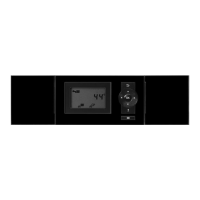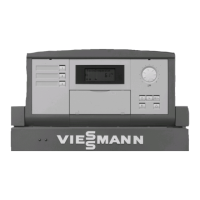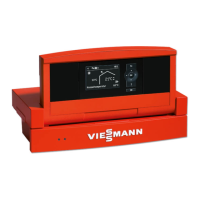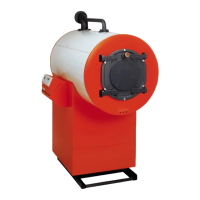1.4 Orientation, inclination and shading of the receiver surface
Inclination of the receiver surface
The yield of a solar thermal system varies depending on the inclina-
tion and orientation of the collector area. If the receiver surface is
angled, the angle of incidence changes, as does the irradiance, and
consequently the amount of energy. This is greatest when the radia-
tion hits the receiver surface at right angles. In our latitudes, this
case never arises relative to the horizontal. Consequently, the incli-
nation of the receiver surface can optimise the yield. In Germany, a
receiver surface angled 35° receives approx. 12 % more energy
when oriented towards the south (compared with a horizontal posi-
tion).
Orientation of the receiver surface
An additional factor for calculating the amount of energy that can be
expected is the orientation of the receiver surface. In the northern
hemisphere, an orientation towards south is ideal. The following fig-
ure shows the interaction of orientation and inclination. Relative to
the horizontal, greater or lesser yields result. A range for optimum
yield of a solar thermal system can be defined between south-east
and south-west and at angles of inclination between 25 and 70°.
Greater deviations, for example, for installation on walls, can be
compensated for by a correspondingly larger collector area.
South East
South-east
-20% -40%
-25%
+5%
+10% -15%
±0%
West South
South-west
-40% -20%
-25%
+5%
-15% +10%
±0%
Avoiding shading of the receiver surface
Looking at the installation of a collector facing south, we recommend
that the area between south-east and south-west is kept free of
shading (at an angle towards the horizon of up to 20°). It should be
remembered that the system is to operate for longer than 20 years,
and that during this time, for example, trees would grow substan-
tially.
Principles
(cont.)
VITOSOL
VIESMANN
9
5822 440 GB
1
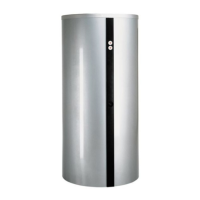
